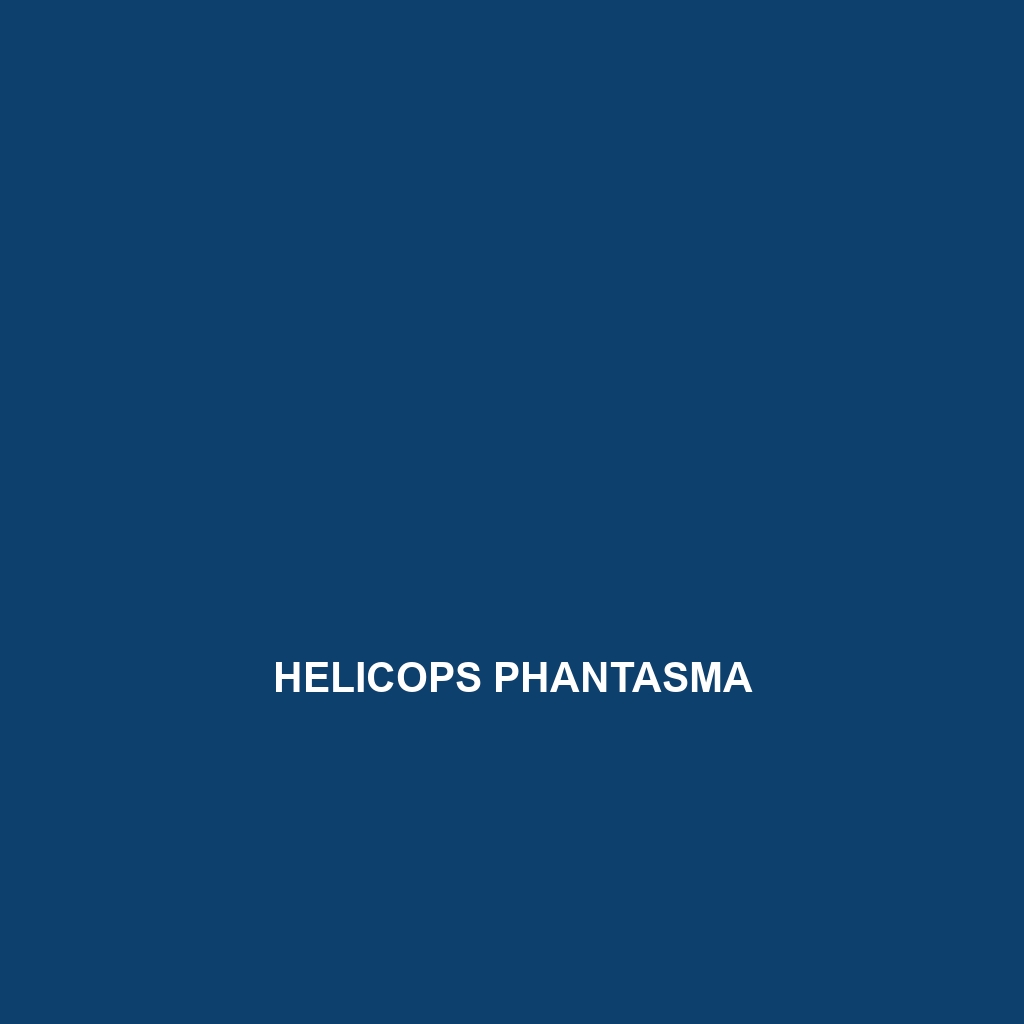Common Name
Helicops phantasma
Scientific Name
Helicops phantasma
Habitat
Helicops phantasma, commonly known as the ghost snake, primarily inhabits tropical rainforests, savannas, and freshwater ecosystems in South America. This elusive species is predominantly found in countries like Brazil, Colombia, and Peru, where the humid and warm climate provides an optimal environment for its survival. The ghost snake thrives in areas with lush vegetation, waterways, and diverse ecological niches, often being spotted near slow-moving water bodies such as rivers, marshes, and lakes. Favoring both primary and secondary forests, Helicops phantasma exhibits a remarkable adaptability to its surroundings, often utilizing cover provided by thick flora to evade predators.
Physical Characteristics
Helicops phantasma is identifiable by its unique morphology and coloration. This non-venomous snake can average between 1 to 1.5 meters (3 to 5 feet) in length, although larger specimens have been recorded. Its slender, elongated body exhibits a notable hue that ranges from dark brown to gray with lighter patterns along its sides, aiding in camouflage against the forest floor. The snake’s distinctively large, expressive eyes are adapted for low-light conditions, highlighting its nocturnal tendencies. A unique feature of Helicops phantasma is its specialized morphology, allowing for efficient swimming, which is essential in its aquatic habitat.
Behavior
The behavior of Helicops phantasma is characterized by its secretive and nocturnal nature. Active mainly at night, this species exhibits a unique hunting technique, utilizing its exceptional swimming abilities to pursue prey underwater. During the day, it tends to stay hidden in dense vegetation, making it difficult to observe. The ghost snake is typically solitary but may come together during the mating season, showing interesting courtship displays. These displays can include body contact, weaving motions, and the use of scent markers to attract potential mates.
Diet
Helicops phantasma is primarily carnivorous, feeding on a diet that consists of fish, amphibians, and small invertebrates. Known for its adaptability, the ghost snake employs an ambush strategy, stealthily awaiting prey in the water before striking with precision. The aquatic lifestyle greatly supports its feeding habits, allowing it access to a rich array of food sources. This snake plays an important role in maintaining the balance of its ecosystem by controlling the populations of its prey species.
Reproduction
The reproductive cycle of Helicops phantasma typically takes place during the wetter months when food resources are abundant. This species is oviparous, laying eggs after a gestation period of approximately 60 to 90 days. Females can lay anywhere from 4 to 12 eggs at a time, which are usually deposited in secluded areas with suitable moisture levels to ensure hatchling survival. Parental care is minimal, with hatchlings emerging independently after about two months. Young ghost snakes are born with similar physical traits to adults but are smaller in size and require immediate access to aquatic habitats to feed and grow.
Conservation Status
Currently, Helicops phantasma is listed as a species of Least Concern by the International Union for Conservation of Nature (IUCN). However, threats such as habitat loss due to deforestation, pollution in waterways, and climate change pose ongoing risks to its populations. Conservation efforts are essential to mitigate these impacts and ensure the stability of their habitats. Programs aimed at preserving South American rainforests and wetlands play a crucial role in maintaining not only the ghost snake but also the diverse range of wildlife that coexists within these ecosystems.
Interesting Facts
One fascinating aspect of Helicops phantasma is its adeptness at blending into its environment, which has earned it the moniker ‘ghost snake.’ Additionally, its ability to hunt effectively in darkness using acute vision makes it a remarkable predator within its habitat. Known for its graceful swimming style, the ghost snake can stay submerged for extended periods, evading both prey and potential threats. This unique combination of characteristics contributes to its status as a subject of interest among herpetologists and wildlife enthusiasts alike.
Role in Ecosystem
Helicops phantasma plays a vital role in its ecosystem as both predator and prey. By controlling the populations of fish and amphibian species, it helps maintain a balanced food web. Additionally, its interactions with other species solidify its status as a crucial component of the aquatic ecosystem. The presence of Helicops phantasma indicates healthy water quality and biodiversity, making it an important indicator species for environmental monitoring and ecological studies.
